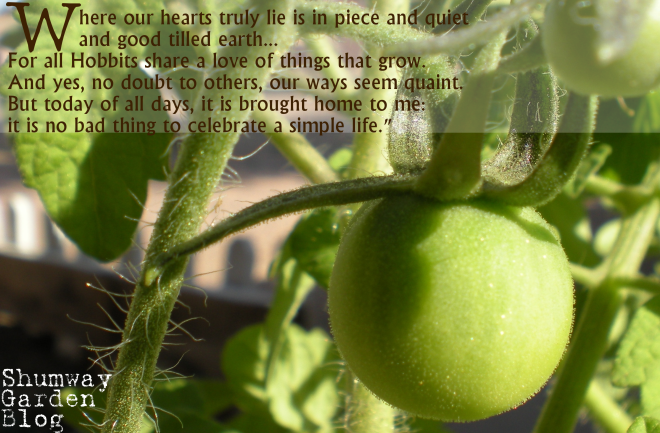
At the Preparedness fair this morning I had a lot of questions from people about how to transplant a plant without killing it- Good question!
It is best to transplant at night and if at all possible, during a rainy season. Take the plant out of the container it's in along with all of the dirt it's planted in (trying not to break too many roots). We want to protect the roots as much as possible! Gently loosen the roots in the dirt and plant into moist soil, packing roots in pretty good so they have contact with the new soil. Water it liberally.
Watch your plant after it's been transplanted and if it looks like it's suffering, water it with some dilluted liquid Sea Kelp/Seaweed that you can get at your local garden store- I've even found it at Walmart of all places. This comes in a large jug, however, you will only be using a small amount in this process and this jug will last you years. Once I was taught this I never lost another plant to transplant shock! YAY!




